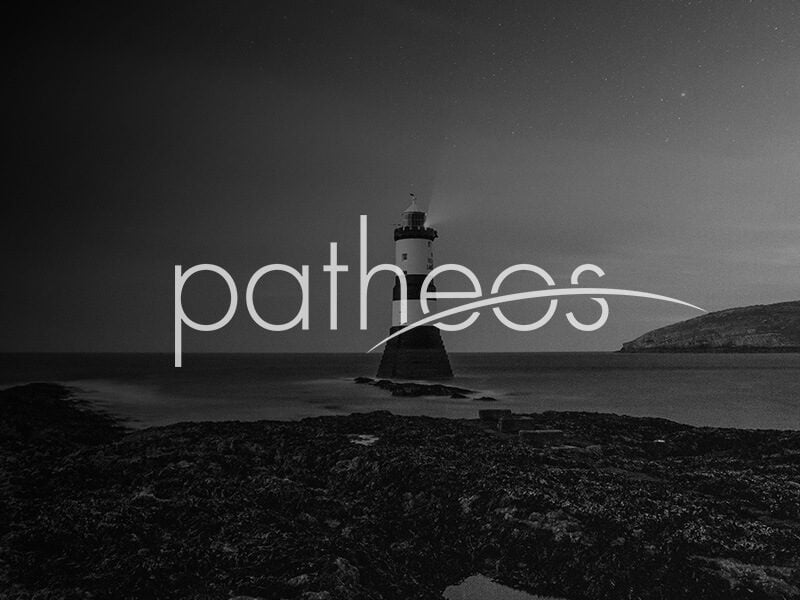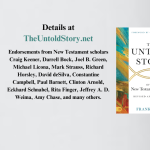A somewhat more expanded treatment of the chiasm of Luke 3-7. Jesus’ baptism and temptation still don’t fit well, but the rest hangs together pretty nicely. Some comments are appended below. A. John the Baptist’s ministry, 3:1-20 B. Jesus’ baptism, genealogy, temptation, 3:21-4:13 C. Jesus at Nazareth, 4:14-30 Isaiah 61 Elijah Elisha Enters Capernaum D. Jesus at Capernaum, 4:31-44 Teaching Exorcism (amazement) Simon’s mother in law General statement about healing and exorcism Prayer Moves on from Capernaum E. Call of... Read more













